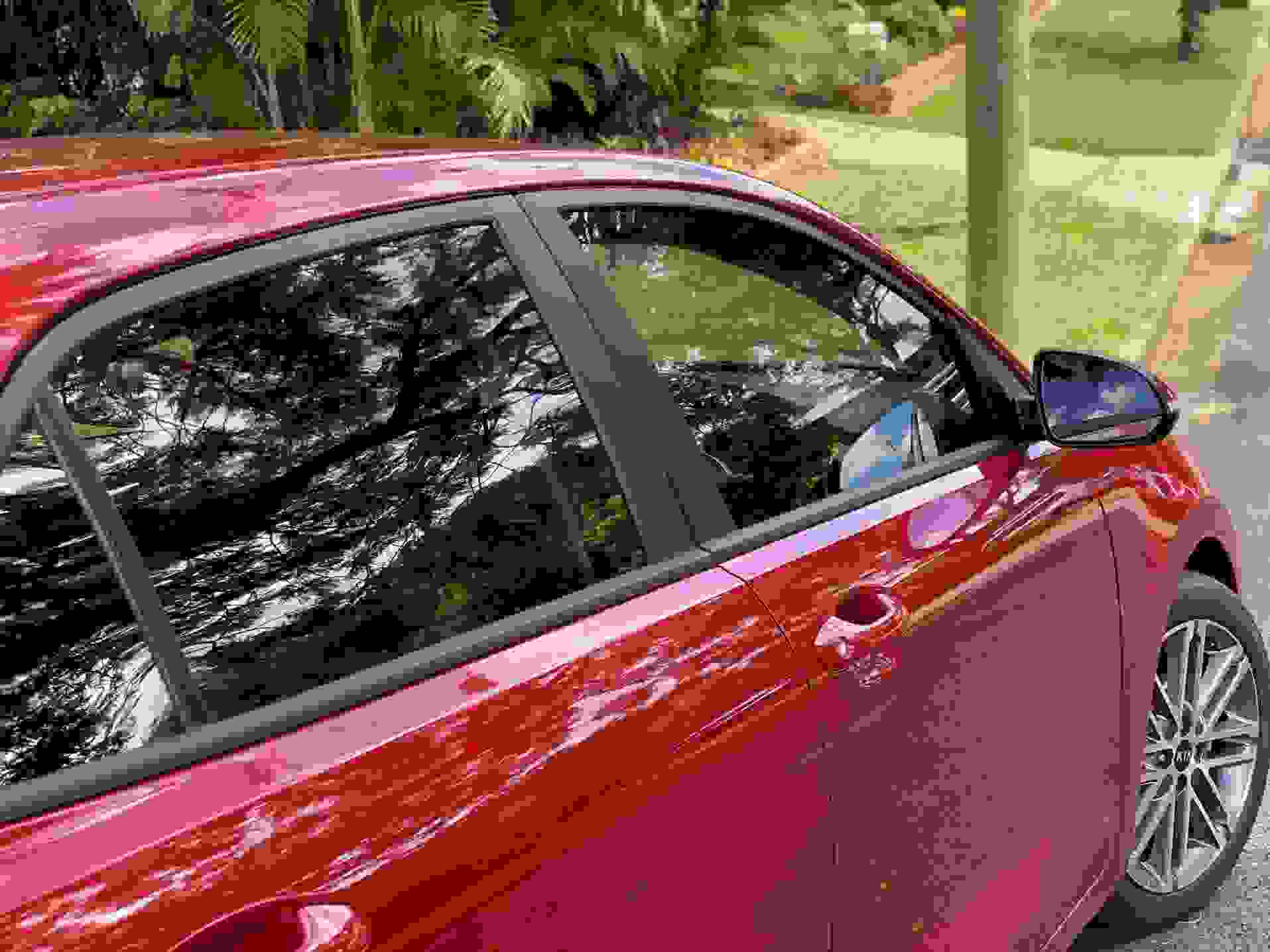The Connecticut
window tint law allows you to tint your windshield above the vehicle’s AS-1 line and up to 65% darkness on front and rear side windows. The exact area of the window tint can vary, but it’s usually only a few inches. Regardless of how much space you tint, it can be a cool customization for any vehicle. Not only does tinting add a little privacy, but it also looks sleek and interesting. However, there can be downsides. For example, darkened windows can impair visibility and play a role in accidents.
To keep you safe and ensure you comply with all rules, we're breaking down everything you need to know about tinted window laws in Connecticut.
RECOMMENDEDThis app is great, but the customer service is even better! Not to mention convenient! My husband and I got the lowest rate (much lower than the rates I was finding online through my own searches), quickly, and pretty much all through text message! Thank you so much for a hassle free experience👍
What is the visible light transmission percentage?
The visible light transmission (VLT) percentage describes how much light a window tint coverage permits to filter through car windows. Every state has a certain legal limit.
A higher VLT means that more light can filter through. For example, a 70% tint allows 70% of the light to pass through. Meanwhile, a 5% tint — or limo tint — only allows 5%.
What is the Connecticut window tint law?
The Connecticut window tint law outlines the limits to how much you can tint your windows. The specific rules are:
Windshield: Non-reflective tint is allowed above the manufacturer's AS-1 line.
Front Side windows: Must allow more than 35% of light in.
Back Side windows: Must allow more than 35% of light in.
Rear Window: Any darkness can be used.
For SUVs and vans, the rules vary a bit:
Windshield: Non-reflective tint is allowed above the manufacturer's AS-1 line.
Front Side windows: Must allow more than 35% of light in.
Back Side windows: Any darkness can be used.
Rear Window: Any darkness can be used.
The rules are a bit different for vans:
Windshield: Non-reflective 70% VLT tint is allowed on the top 4 inches of the windshield.
Front Side windows: Must allow more than 27% of light in.
Back Side windows: Must allow more than 27% of light in.
Rear Window: Must allow more than 27% of light in.
No window colors are explicitly prohibited in Connecticut, but you do need to acquire stickers for official tint verification.
Exemptions
There are a few exemptions to the Connecticut window tint law. Specifically, medical exemptions can be made if verified by a professional—and are judged on a case-by-case basis.
Penalties for violating the window tint law
If you break the Connecticut window tint law, you could face a fine. The specific value depends on your driving record and infraction history. Furthermore, if you fail to fix the tints, you might have your car impounded.
RECOMMENDEDNo spam or unwanted phone calls · No long forms
FAQs

